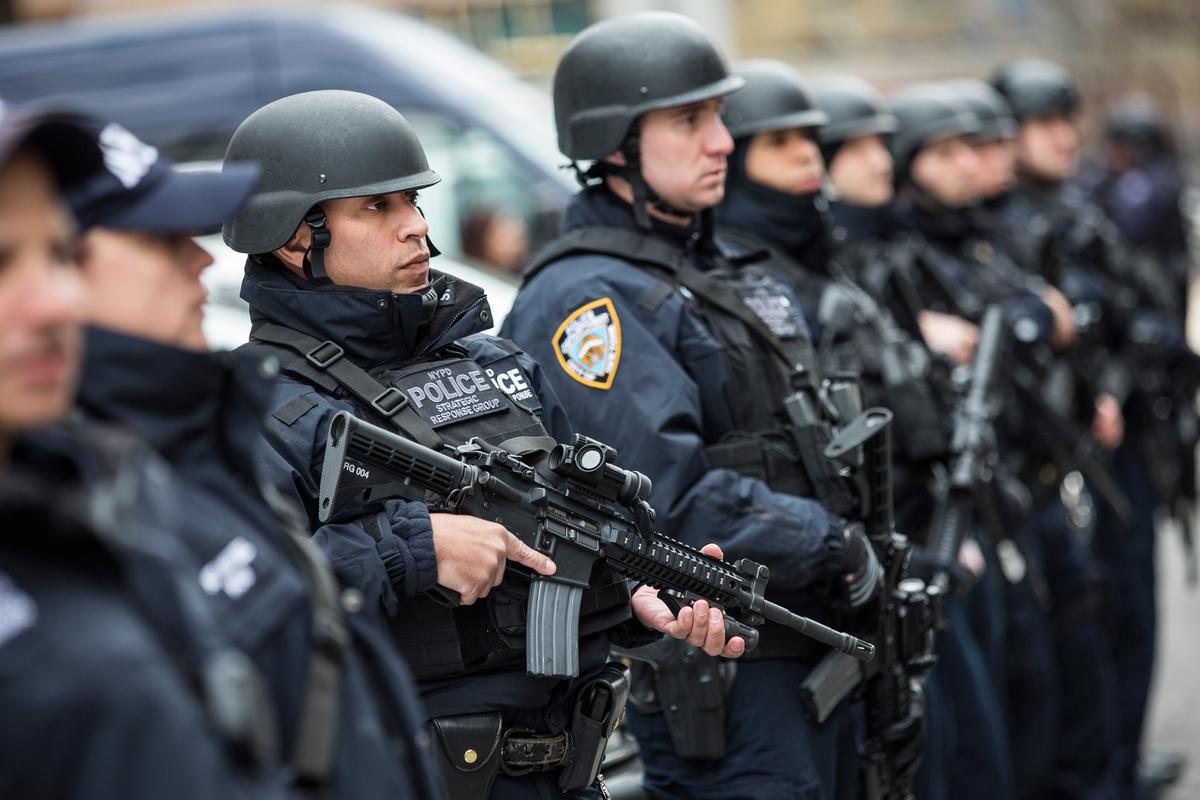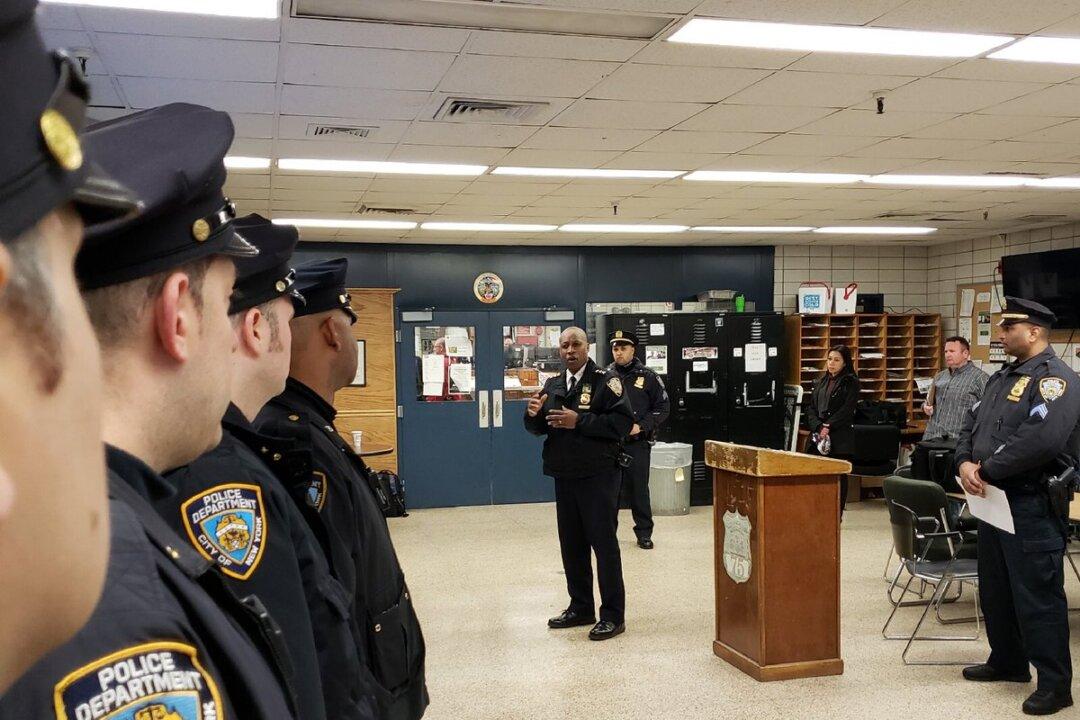These words, highlighting the achievements of the NYPD, are detailed on the New York City government website:
“For the past 25 years the NYPD has created and refined a crime-fighting system that led the nation and proved that police can drive down crime even as the population grows significantly.”
It is important to review some statistics to appreciate the achievements of the NYPD.
NYPD Crime Data Warehouse
Information from the NYPD present insightful statistics from 1990 – 2014 on the historic reduction in crime. As the population grew from 7,332, 564 in 1990 to 8,475,500 in 2014, crimes dropped from 560,000 to 106,000.
The NYPD Crime Data Warehouse, cited as the source for these statistics, also notes that the number of murders dropped from 2,245 in 1990 to 333 in 2014.
New York City recorded the lowest number of murders in 2014, since 1957, dropping a staggering 85 percent since 1990.






